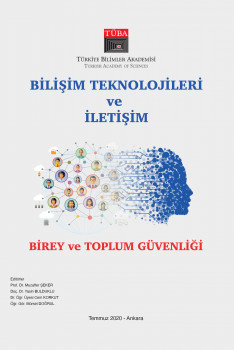Technology Addiction Research Report

Technology Addiction Research Report
Although information and communication technologies (ICT) used in the conduct of actions in daily life make our lives easier, they also cause various harms when used incorrectly. Extreme technology use is considered a behavioral addiction since it shows six criteria for addiction. Technology addiction is considered as an irresistible desire for frequently used technological devices, whereas technology manages the person, while the person has to manage the technology. In the Household Information Technologies Survey conducted by TURKSTAT, with the widespread use of the Internet in our country, there is a tendency towards excessive use as compared to the world averages; this increases the risk of technology addiction. Technology addiction can be classified according to the formation process, effective factors in the formation, symptoms and effects. Losing time control, lying about the duration of use, physical problems caused by excessive use, being anonymous, preferring to talk to people face to face on the internet, social introversion, avoiding responsibility for technology use, feeling uneasy when staying away from technology, the academic decline in performance, problems in personal and family life, insomnia and sleep disorder, dry eye and visual impairment, eating disorders such as excessive weight gain, neck, back and back pain, muscle aches, and weakness are defined as symptoms that indicate technology addiction. Family problems and inability to spend quality time with the family, lack of friends, substance-addicted friends, having difficulties in establishing and maintaining relationships with people, lack of healthy living activities and sports, failure at school, socioeconomic status, being introverted and asocial, not being able to introduce oneself comfortably, lack of a right friend, easier access to games and entertainment in real life, limiting freedom of expression in real life are the leading social, socioeconomic and psychological factors contributing to technology addiction. In line with these symptoms and formation factors; Technology addiction is classified as Internet Addiction, Game Addiction, Online Shopping Addiction, Smartphone Addiction, Social Network Addiction, Computer Addiction, Television Addiction. Since technology addiction is seen as a problem by countries globally, various policies are followed to combat this problem. These interventions, which focus on both preventive and therapeutic areas, have been implemented in many countries. Determination of policy ownership, legal regulations, awareness studies, addiction prevention programs, and the existence of mental health services are prominent dimensions in determining and bench marking the maturity of states regarding technology addiction.
